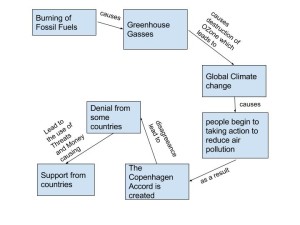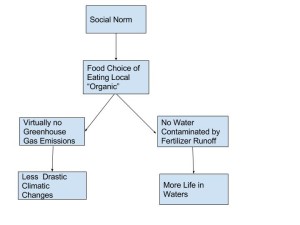Assignment:
1.Write 150-200 words. Pick your favorite vacation place or a place where you wish to go and tell me about the location and the environment. What do you do there? What is the type of landscape? What type of eco systems is in the area? What types of biodiversity are present and what are the effects that is has on the people of your area, as well as the animals of the area.
- Do the same as #1 but about your hometown.
- I chose Litchfield, South Carolina as my favorite vacation spot. This are is surrounded by water. There is a beach in front and brackish water behind. I am a big outdoorsman so I fish most of my time at Litchfield. We catch a variety of crabs including, blue crab, sand crabs, fiddler crabs, as well as a lot of fish. Some of these fish include, summer fluke, blue fish, Spanish mackerel, and redfish. I enjoy eating some of my catch, a small infraction on the ecosystem. Over fishing is a large problem in the area so I take precautions in order to be a part of the solution not the problem. After processing the catch I dispose of the remains into the water so that the effect is lessened. The ecosystem is essentially the predators of the sea eat smaller fish or organisms and so on and the bottom feeders including some fish and shellfish eat the leftovers or anything that falls to the bottom.
- My hometown of Vienna Virginia is very close to the Potomac River, that being said most of my childhood and when I go home revolves around the Potomac River. The Potomac River is a hot spot for water sports including jet skiing and tubing. Fishing is also an attraction, with many companies running charter boats up and down the Potomac for large catfish. Cratfishing is not the fishing don on this stretch if river, Some very competitive bass fishing has gone on for years. The bass fish population has decreased due to the invasive Japanese snakehead fish; it has no natural predators and is eliminating the bass population. The Virginia department of Hunting and Fishing has outlawed the catch and release of these fish. They are by law now if caught are to be extinguished and a reward has been set for this.



